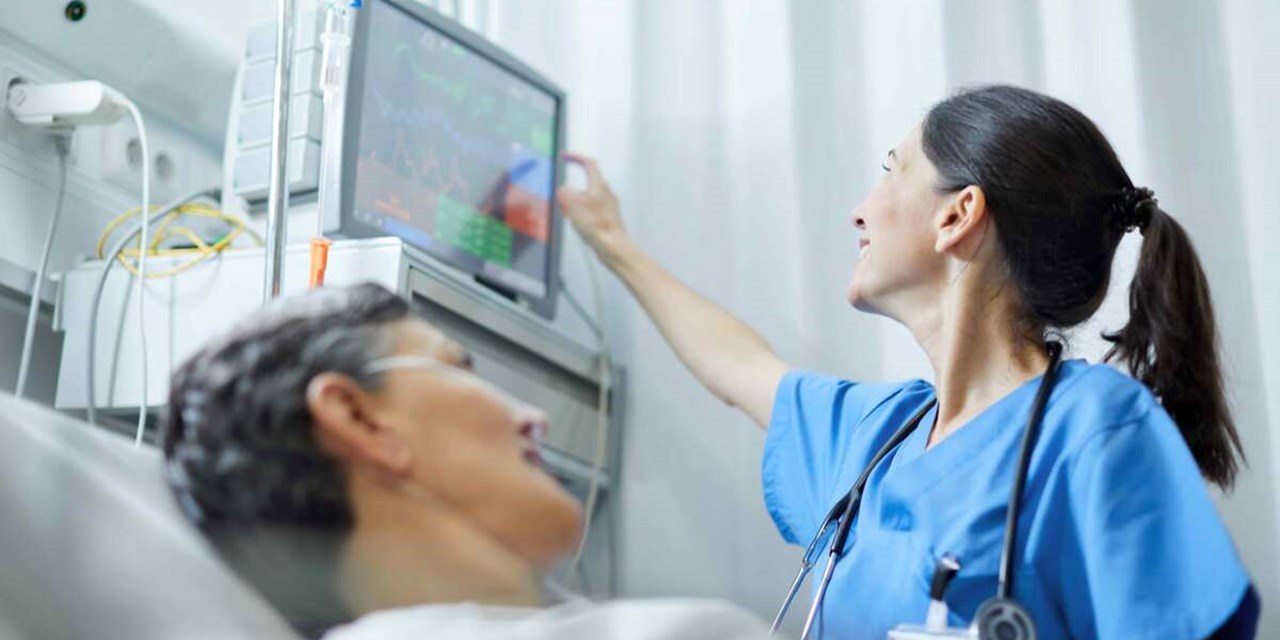Country selector

Corporate
Country Selector: Corporate
Patient deterioration in general care wards threatens lives and outcomes while adding to the cost burden. With Ascom's clinical surveillance solution, featuring a clinical decision support system, clinicians can be notified quickly of a patient's deteriorating condition, minimising the impact on patients, workloads and budgets. Coupled with our Medical Device Integration solution, it seamlessly integrates with existing infrastructure for a scalable, future-proof solution for delivering safer, smarter and more efficient patient care.

Nearly half of all adverse events in hospitalized patients occur on the general ward1. However, in contrast to the continuous patient monitoring in ICUs, current ward monitoring protocols typically consist of intermittent spot checks by a nurse every 4-8 hours2. Without more frequent checks of the patient’s status that can prompt earlier warnings of patient deterioration, patient lives and outcomes are put at risk. Cost of care can also be impacted with the resulting severe adverse patient safety events, ICU bounce-backs and increased length of stay.
The earlier patient deterioration is detected the better for all. However, the signs are hard for clinicians to detect when they are managing multiple patients and lack the clinical context of the patient deterioration.
With an integrated, score-based clinical surveillance tool, caregivers get invaluable help in detecting deterioration in a patient's medical condition – in general wards, emergency departments or even at home using wearables. When there are signs of deterioration, clinicians are alerted as early as possible.
Ascom’s Clinical Surveillance solution for General Care units automatically visualizes vital signs collected from continuous and spot-check monitors, telemetry, wearable devices and manual inputs. It calculates your hospital’s choice of clinical surveillance scores continuously and sends proactive early warnings to the clinical team to help the decision-making process. It provides a single view by contextualizing data from various devices. The solution also features a configurable rules engine that can be configured to support the adoption of clinical best-practice standards.
Our priority is to ensure the safety of our patients.
Impact of pulse oximetry surveillance on rescue events and intensive care unit transfers: a before-and-after concurrence study. Andreas Taenzer 2010
Continuous monitoring in an inpatient medical-surgical unit: a controlled clinical trial. Harvey Brown 2014